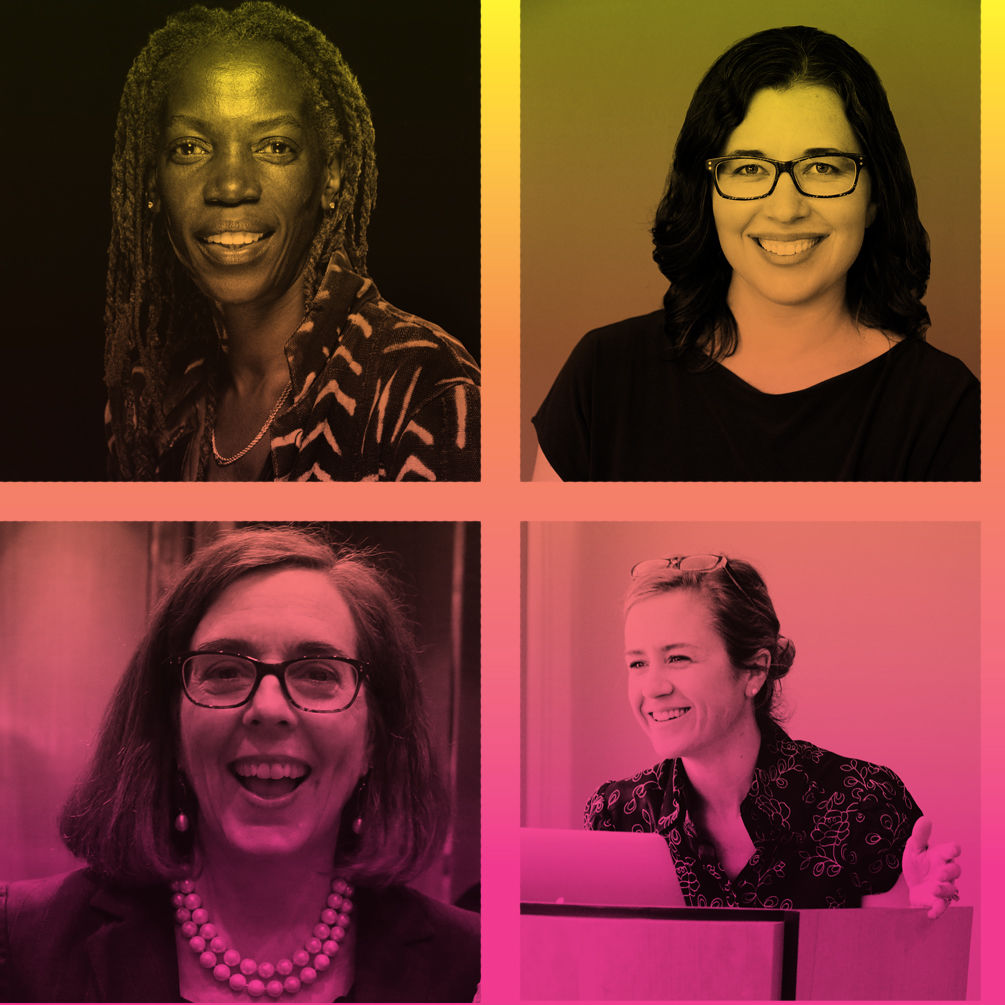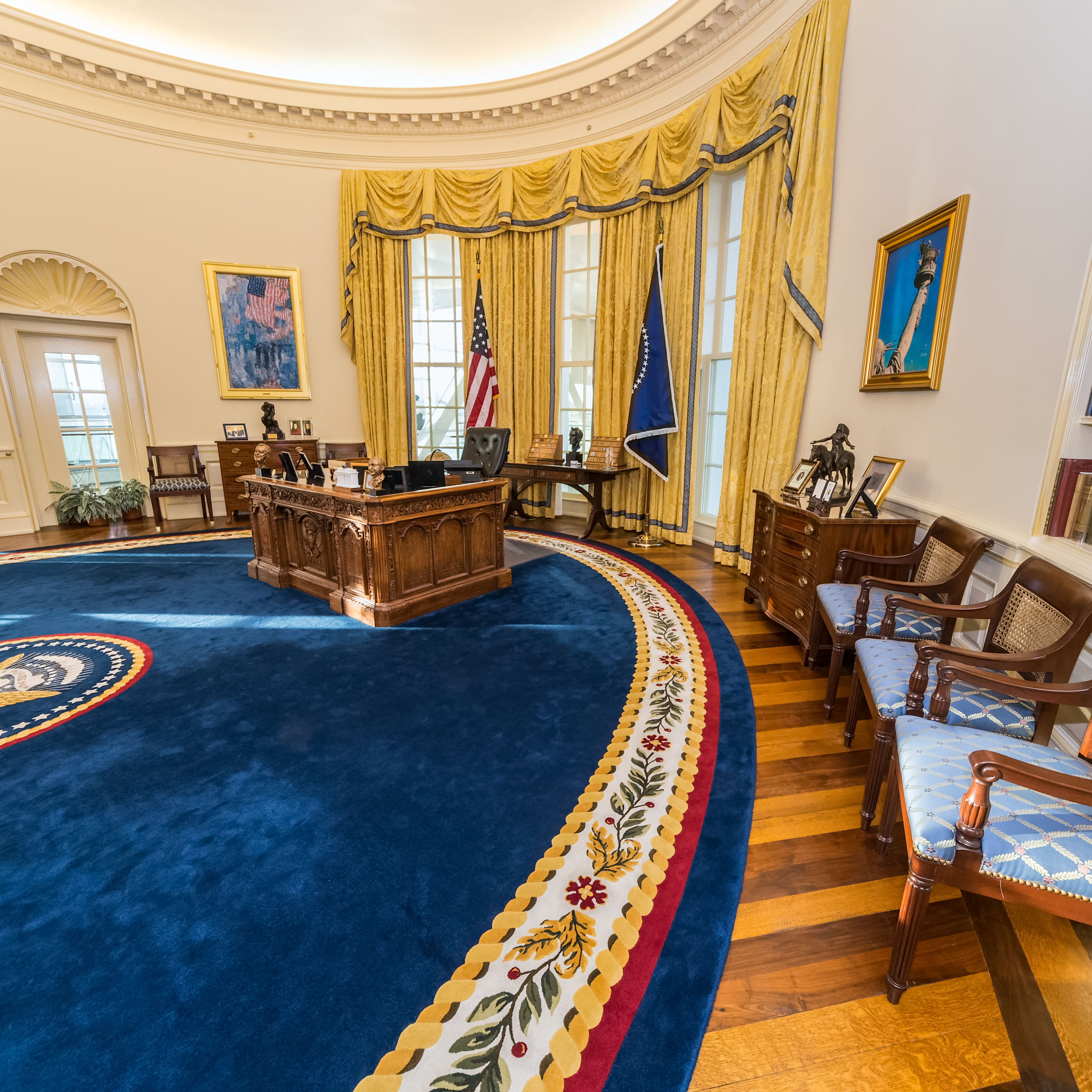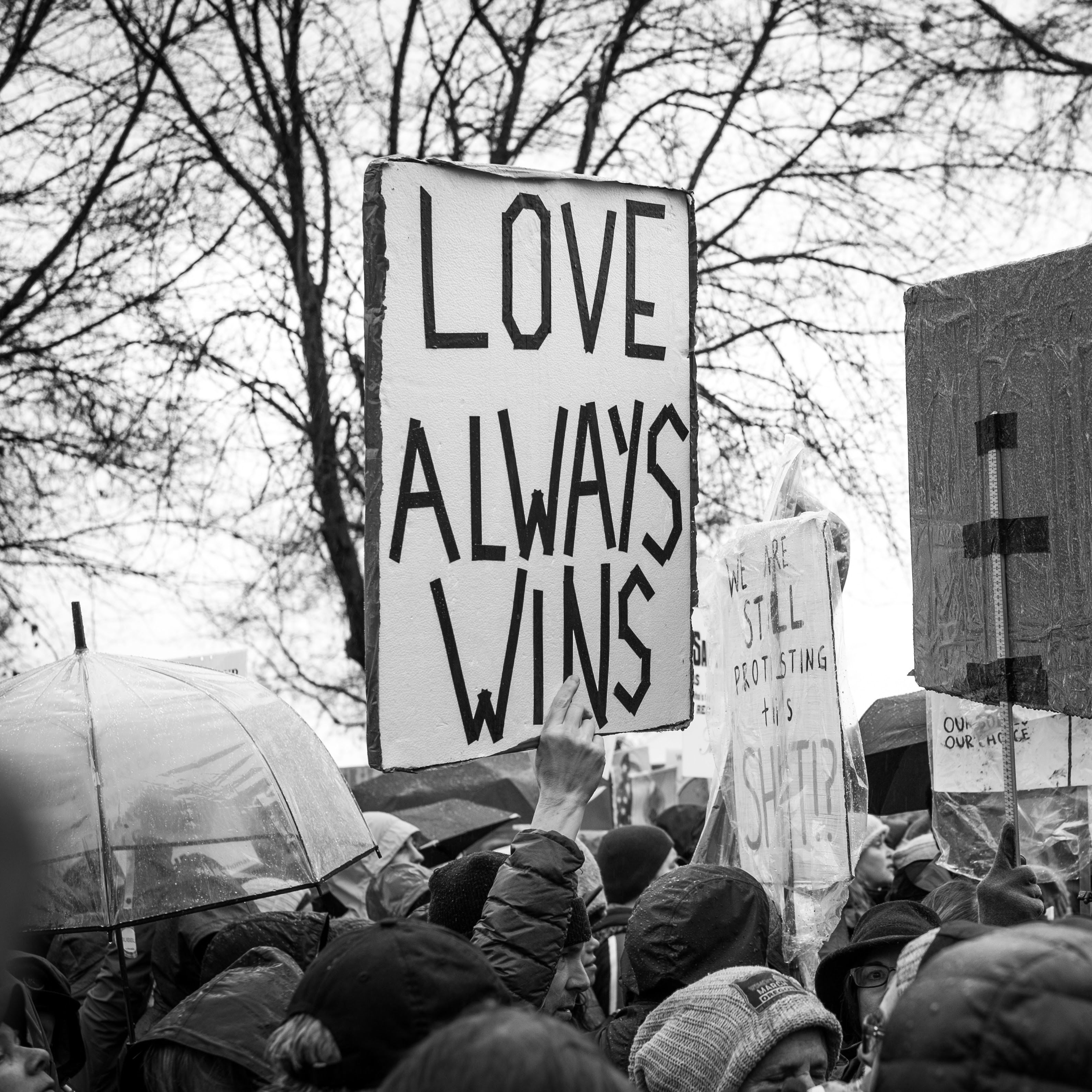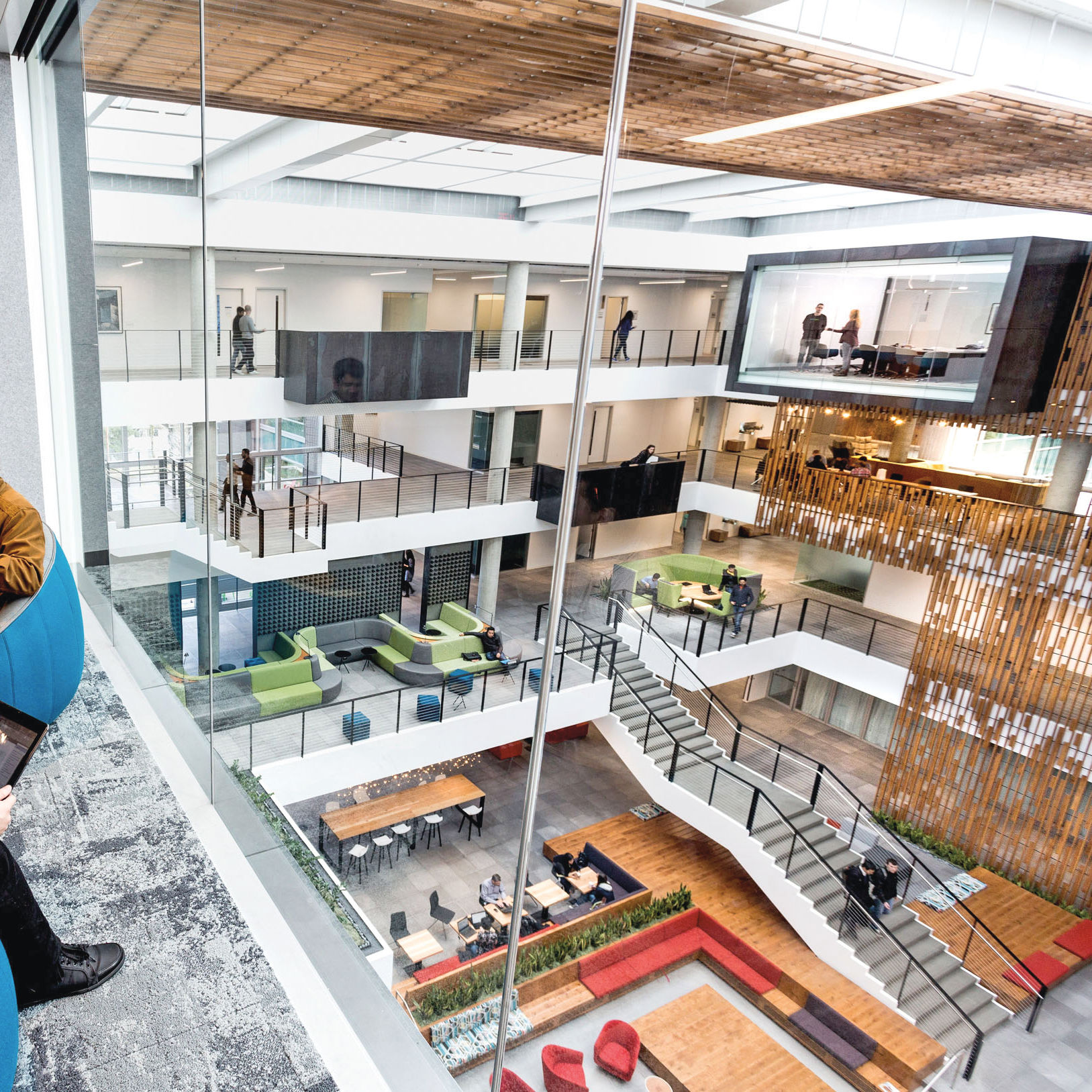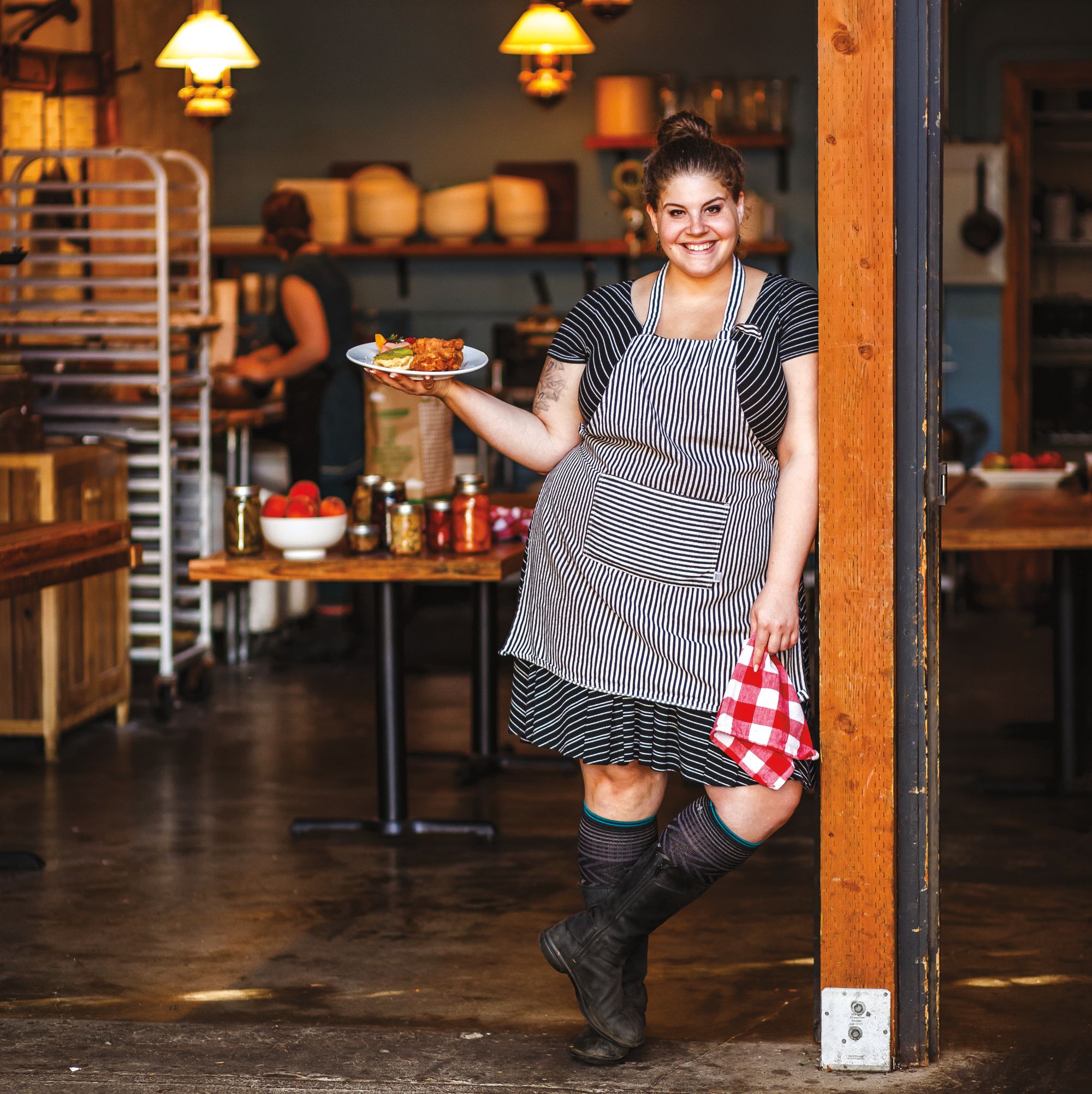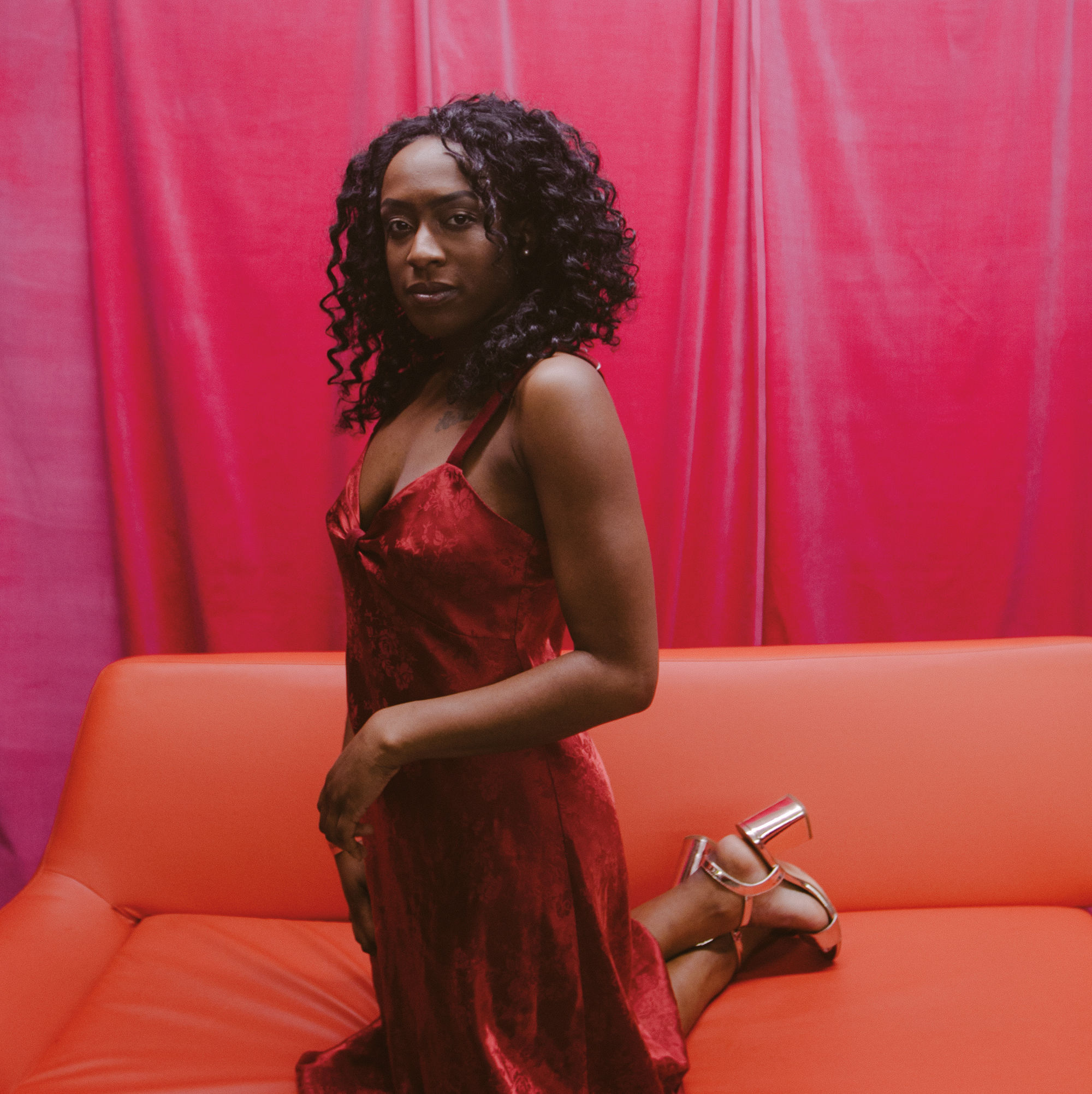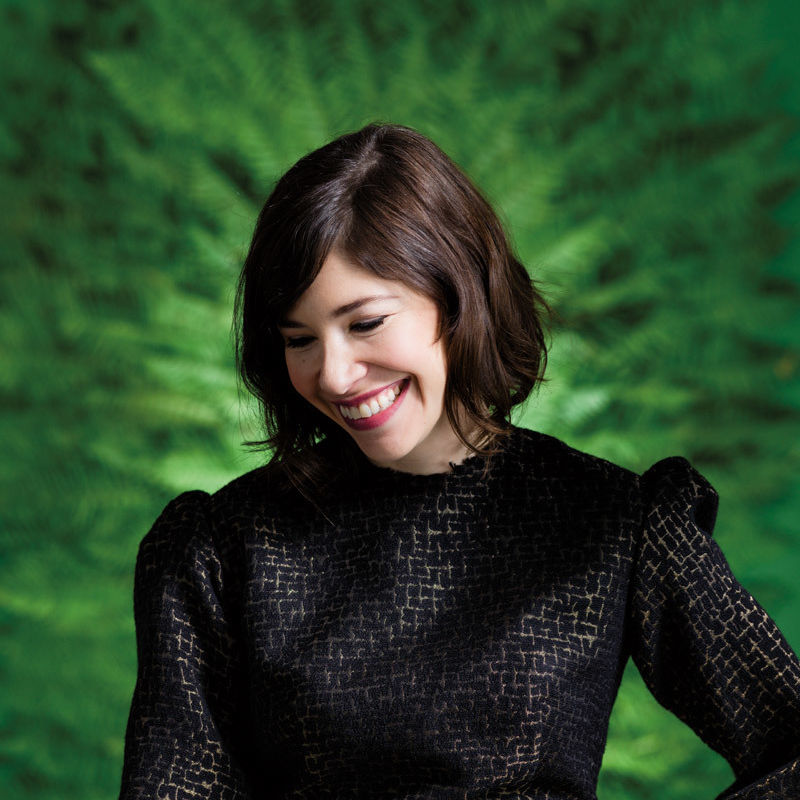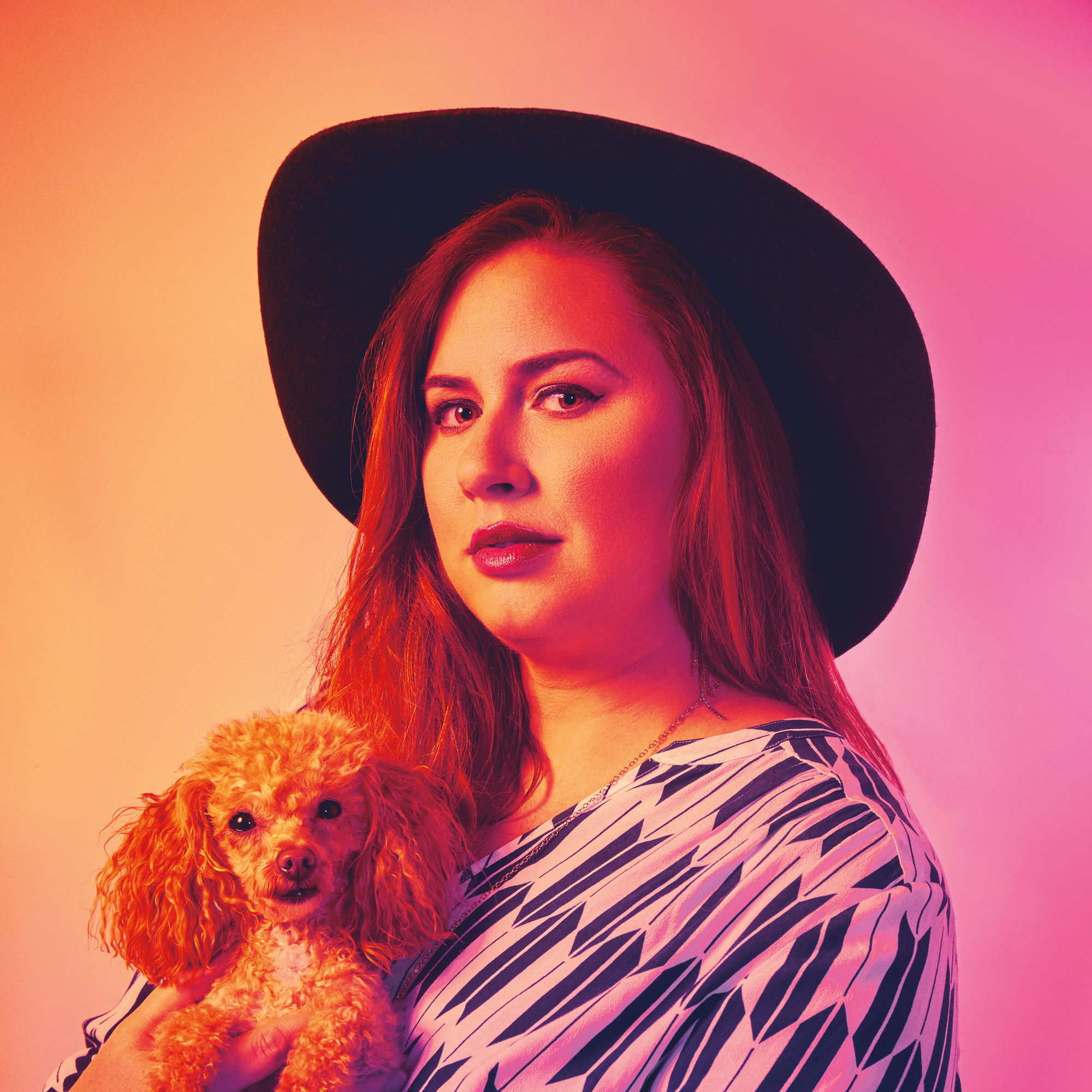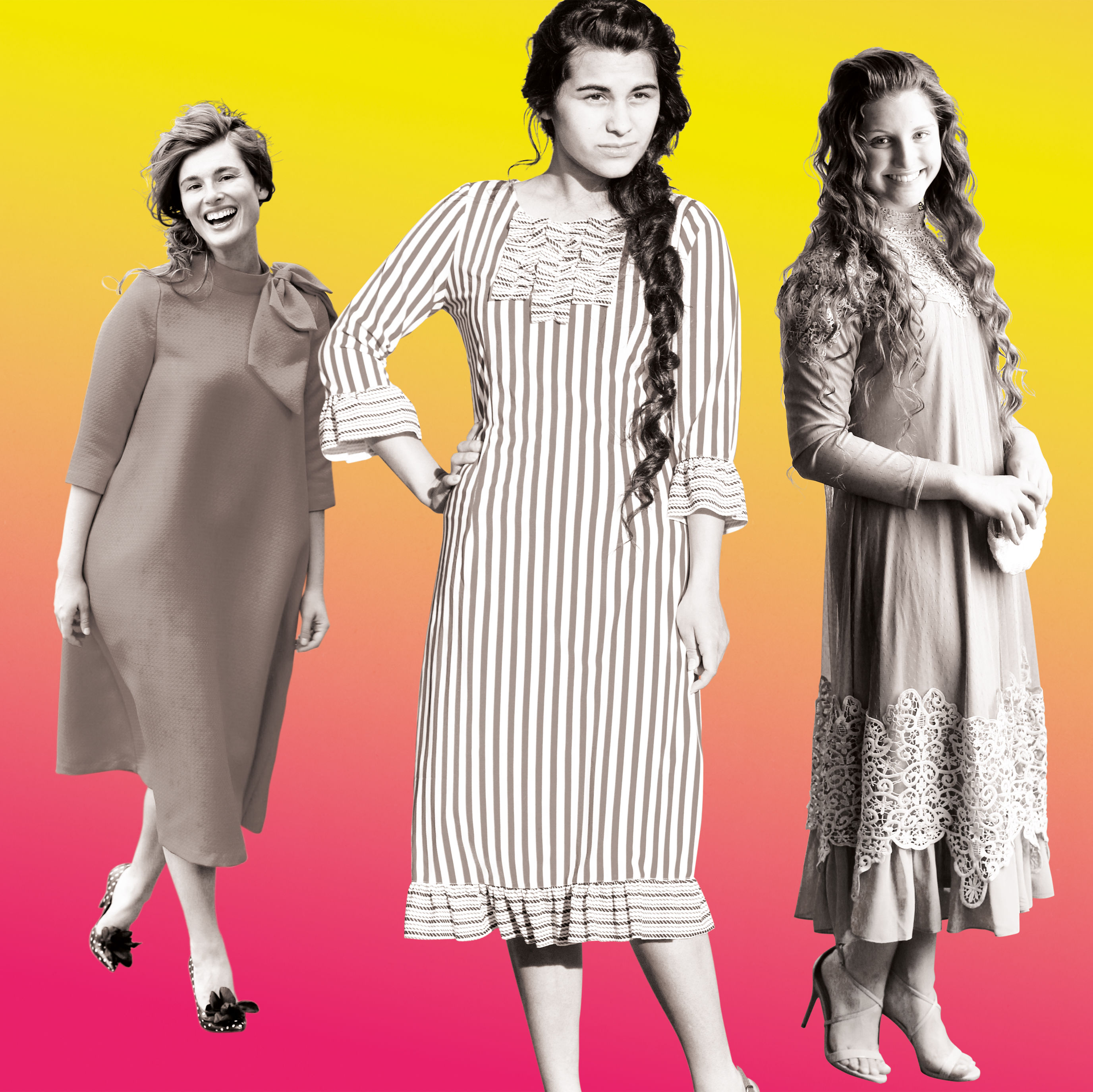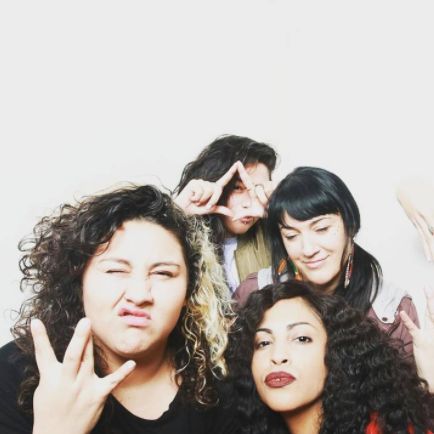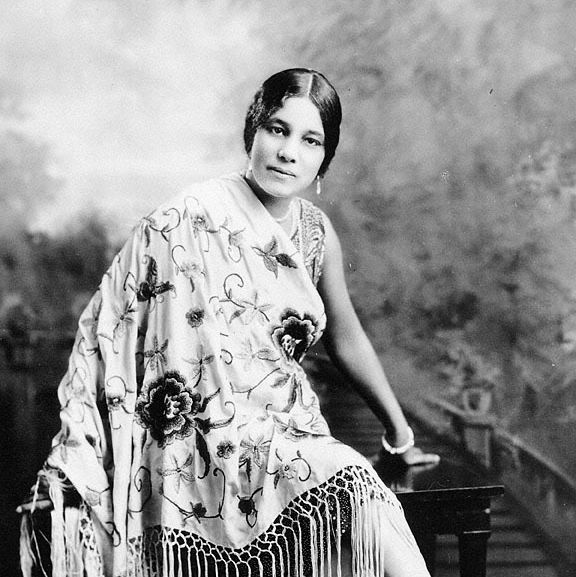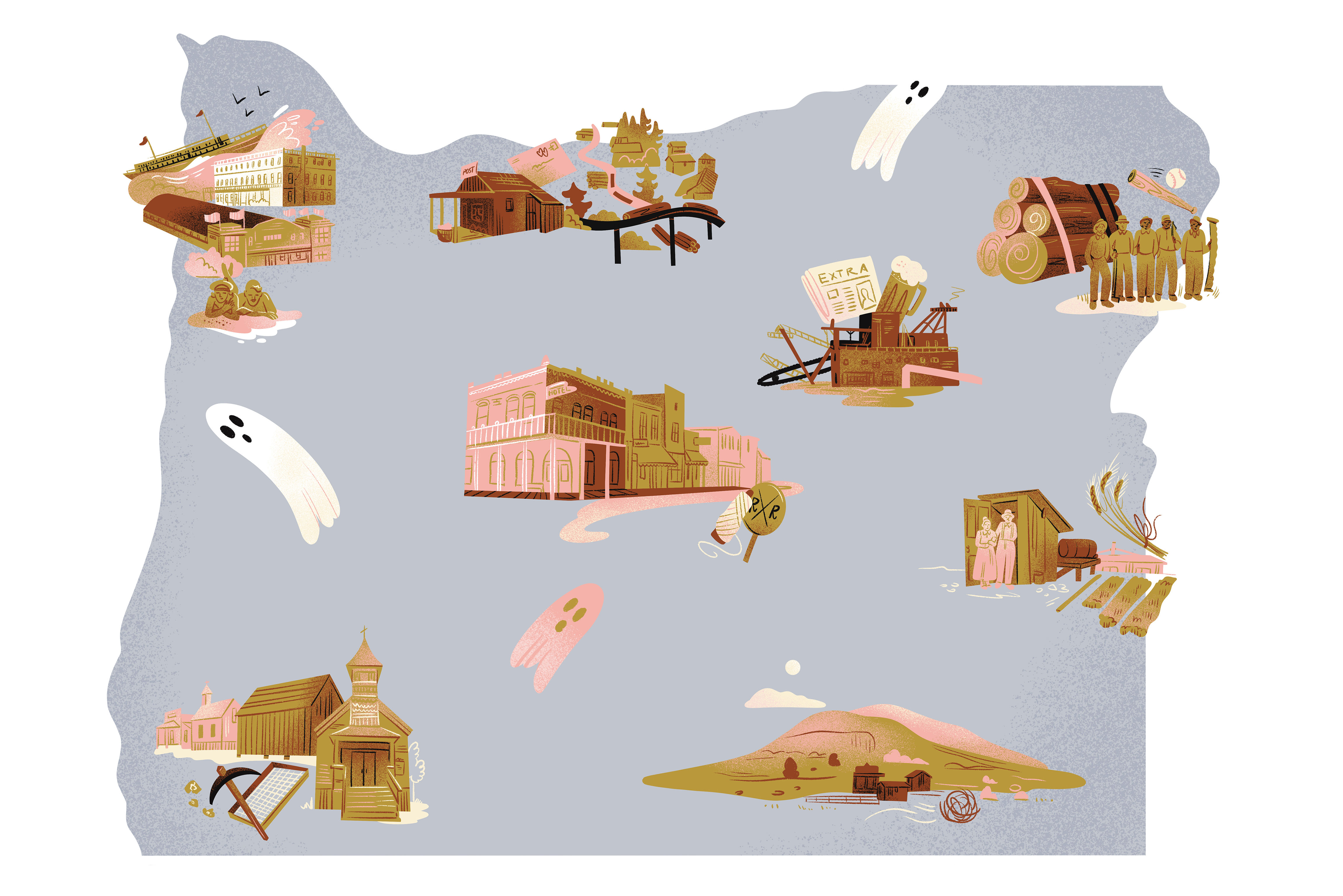What Stands in the Way of Electing a Woman President?

On November 8, 2016, the United States came within a whisper of joining a rapidly expanding list of nations with a female executive leader. To many, that result meant their worst fears coming true; to others, it was salvation and confirmation of being acknowledged. But I think to women of all persuasions, this election was an emotional roller coaster ride, with the possibility of a first female president ultimately fading on election night. Now, we have to ask ourselves: What comes next?
I have written and taught extensively on the advancement of women in American politics. As a political scientist, I have frequently lectured on the advances of women, largely in state legislatures and Congress, as well as on the striking gap between the advancement of white women versus immigrant, native, and other underrepresented women. While that gap remains, in 2016 we took some notable strides toward diversification of female politicians, both in Oregon and nationally. With the election in Oregon of Reps. Tawna Sanchez, Janelle Bynum, Teresa Alonso Leon, and Karin Power, as well as the rise of Kamala Harris, Tammy Duckworth, and Catherine Cortez Masto to the US Senate and Reps. Nanette Barragán (California), Lisa Blunt Rochester (Delaware), Val Demings (Florida), Stephanie Murphy (Florida), Mia Love (Utah) and Pramila Jayapal (Washington), the nation inched toward more complete and meaningful inclusion of the female half of the nation’s population. Both in terms of symbolic representation and the substantive impact those women make on the political agenda and public discourse, these are critical strides. Particularly as we seek to address the glaring policy challenges surfaced by the Women’s Foundation of Oregon Count Her In report, I have increased hope for improving the lives of women in our own state.
Still, to be one of the world’s largest democracies and to have never elected a woman to the Oval Office is stunning. So as a scholar of women and politics, I look to the data: Who will step into the breach? Who are the rising stars on the pathway that Hillary Rodham Clinton has cleared? Sadly, this is where the story is disheartening. There are only but a handful of traditional paths to the presidency, and those paths are rarely walked by women. Modern presidents—the current president notwithstanding—traditionally arrive via one of three paths: they are vice presidents, governors, or multiterm US senators from electoral-rich states. It takes very little time to inventory the women of any political persuasion to see that the collective number of living women who check one of those boxes is quite small. While there are 21 female US senators, there are only four sitting female governors, and of those 25 women, very few hail from a state large enough to provide a presidential launchpad. And a mere five of those 25 are women of color.
Why the disparity between legislative and executive success? Apart from requiring different skill sets and campaign strategies, some scholars suggest that legislative roles are simply more congruent with the public’s perception of female talent: legislators work in committees, build coalitions, and write law through collective, deliberative, and collaborative processes, which conform with an expectation that women are the more collaborative sex. On the contrary, executive roles do not align with traditional female expectations: executives (governors and the president) have a veto, are praised for being “decisive,” and can single-handedly create policy through nonlegislative pathways.
Beyond gender roles and assumptions, there is another clear cause for the contrast between women’s advancement in legislative roles and their lag in executive offices: America’s system of choosing a president is unlike any other on earth. Unlike familial systems, where the logical family member advances through dynastic succession, or parliamentary systems like the United Kingdom’s, where executive candidates literally rise through the legislative branch with the support of their peers, America’s presidential selection system uniquely provides direct public voice—and as a result is highly dependent upon media coverage. Given the well-documented, gendered nature of the American press, coupled with the fact that gender expectations for the US presidency are highly masculinized, women of both political parties will continue to struggle in their pursuit of the Oval Office.
Still, democracies are strongest, and best safeguarded, when they mirror a nation’s population. To have diverse women at every level of government ensures that our policies reflect their lived experience. In order to find full expression of women’s advancement and inclusion, a well-rounded population of women from both political parties is needed at every level of government. And while there are improvements in legislatures across the country, we are still a far cry from electing a woman president. That should sadden all Americans who care about fulfilling our nation’s promise.
The 2016 election was historic for many reasons. Political scientists will be evaluating the implications for a generation to come. What is less clear is whether the results will inspire and embolden a generation of women to step onto the path of elected leadership, or repel them from doing so. For my part, I will continue to have hope that women of all faiths, backgrounds, abilities, and ideologies will take up the mantel of leadership, and ultimately, one of them will break the barrier to the American presidency. Whoever she is, I hope to be alive to welcome Madam President.
Dr. Melody Rose is a renowned political scholar, the founder of the Portland State–based Center for Women’s Leadership, and the sitting president of Marylhurst University.
